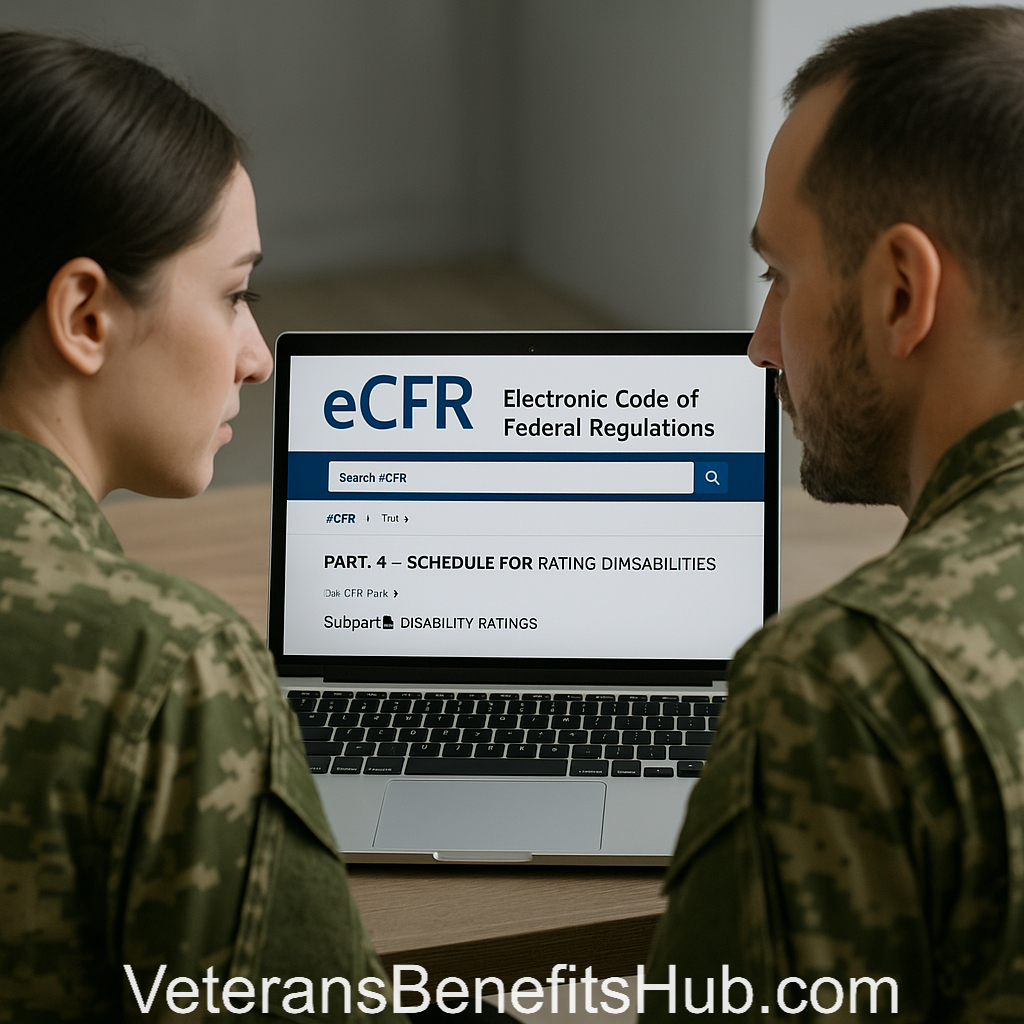Filing a VA Claim Step by Step 2025

Filing a VA disability claim can feel like navigating a minefield—but it doesn’t have to be. In this video, we walk you through the ENTIRE process, step-by-step, so you know exactly what to do, what to avoid, and how to maximize your chances of getting approved.
To file a VA disability claim in 2025, start by gathering supporting evidence and completing the necessary forms. Then, you’ll submit your claim, which the VA will review, gather further evidence, and ultimately make a decision.
-
1. Gather Evidence:
- Before filing, ensure you have all necessary supporting documents, including medical records and service records.
- Consult with a doctor and gather any medical evidence related to your condition.
- Consider including personal statements to provide context and explain your experiences.
- Before filing, ensure you have all necessary supporting documents, including medical records and service records.
-
2. Complete the Application:
- Fill out the relevant application form (VA Form 20-526EZ for disability compensation) completely and accurately.
- Attach all supporting documents you have gathered.
- Fill out the relevant application form (VA Form 20-526EZ for disability compensation) completely and accurately.
-
3. Submit Your Claim:
- You can submit your claim online through eBenefits, by mail, or in person.
- Consider using the “intent to file” option to potentially establish an earlier effective date for your benefits.
- You can submit your claim online through eBenefits, by mail, or in person.
-
4. The VA Review Process:
- The VA will review your claim to ensure it’s complete and to understand your case.
- They may request additional information or evidence.
- They may conduct an examination to assess your condition.
- The VA will then prepare a decision on your claim.
- The VA will review your claim to ensure it’s complete and to understand your case.
-
5. Decision and Appeal:
- The VA will send you a decision packet detailing the outcome of your claim.
- If you disagree with the decision, you can appeal it.
- Consider seeking help from VA-accredited professionals if you need assistance with the appeal process.
- The VA will send you a decision packet detailing the outcome of your claim.
-
Intent to File:
This option allows you to establish an earlier effective date for your benefits, potentially leading to retroactive payments if your claim is approved.
-
Fully Developed Claims:
Submitting all necessary evidence with your initial claim can help expedite the processing.
-
Claim Processing Time:
The average time for a VA claim to be processed can vary, but it’s generally in the range of 141.5 calendar days.
-
Seek Support:If you find the process confusing or challenging, consider seeking assistance from VA-accredited professionals.
This article is intended for informational purposes only and should not be considered legal, financial, or professional advice. Portions of this content reflect personal opinions and experiences of veterans and may not apply universally. For personalized assistance, always consult directly with the U.S. Department of Veterans Affairs or a certified Veterans Service Officer (VSO).








